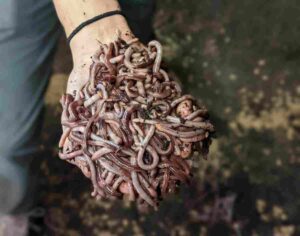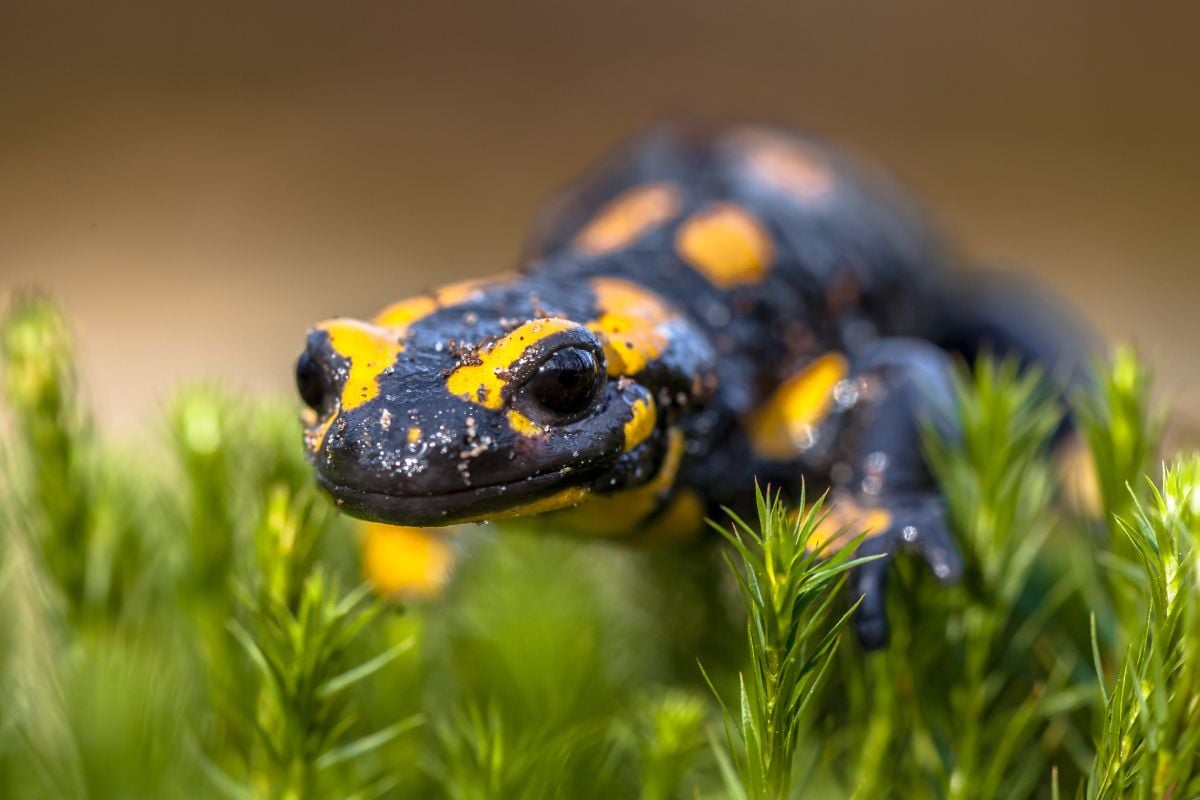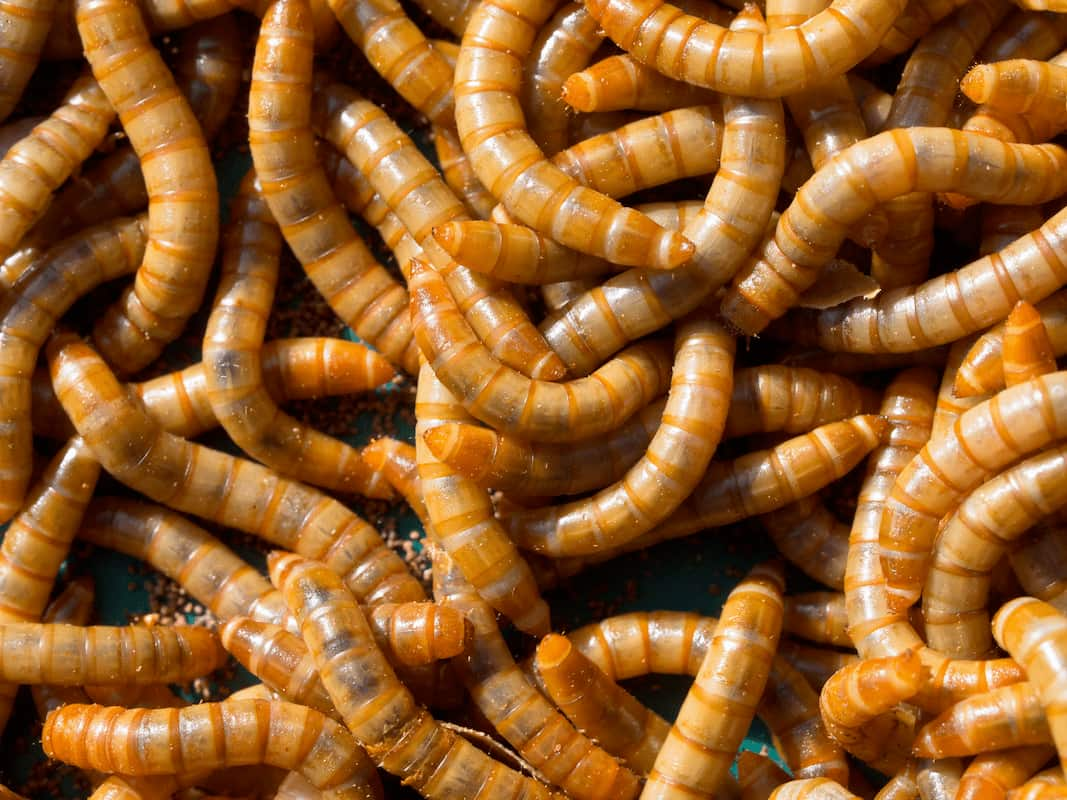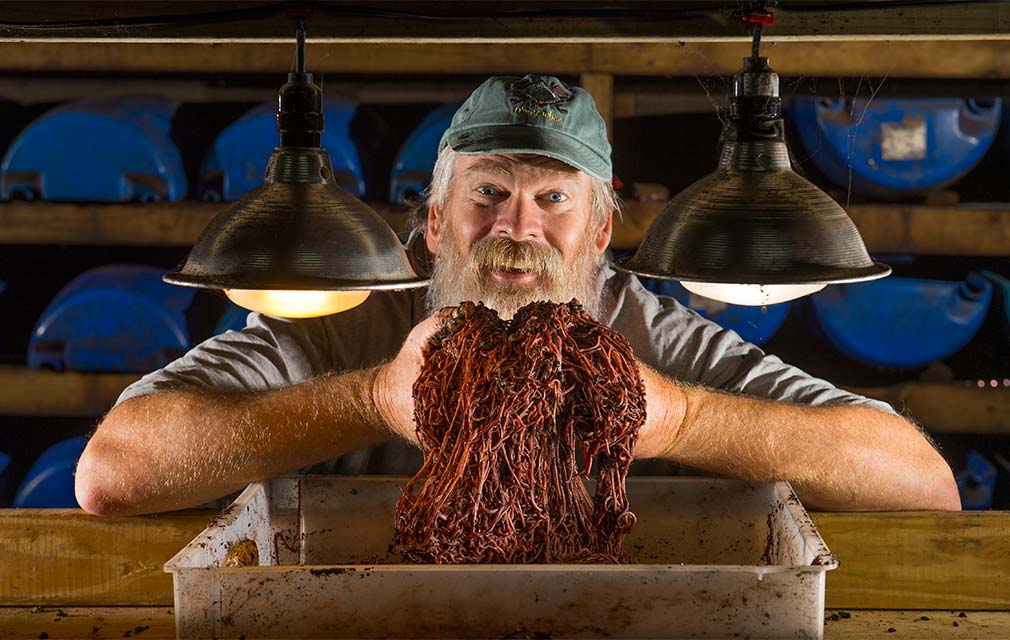You’re probably considering mealworms if you are reading through this article, which isn’t too surprising, considering their nutritional value. They provide a high portion of necessary protein for growing reptiles and birds. They also offer fat and potassium to the scaley consumers, which helps create an internally content pet. And not only beneficial for the pet, but they are typically less messy to handle than red wrigglers or european nightcrawlers.
The Egg Stage
Mealworms are a result of a holometabolic insect, which means that they must go through a metamorphosis (egg, larva, pupa, adult) throughout their life. And they all begin this process from an egg. The eggs are all but invisible to the naked eye. They are white in color, and can be joined with hundreds of others, as the females release their fertilezed eggs in one location, buried beneath soft bedding.
The Larva Stage (mealworms!)
After the eggs are laid, they will gestate for about 2 weeks, until the mealworms hatch from the eggs. The mealworms are the results of the larva stage during the metamorphosis, which is simultaneously heralded by many bird and reptile caretakers as ideal animal feed. Because of their high protein content, they are ideal for young reptiles and birds that need calories and fat to meet the demands of a growing body. Mealworms can spend 2 weeks to a full year in the larva stage. The longer a mealworm remains in the larva stage, the larger it will become. Mealworms have an exoskeleton, which the mealworms will shed as many as 20 times during the larva stage; a biological process known as “molting.” The mealworms will molt their exolskeleton as they grow larger. When growing or holding mealworms, they can molt their exoskeletons so many times that they will start to accumulate inside of their container.
The Pupa Stage
The pupa stage is the third stage of metamorphosis. The pupa is about the same size as the mealworm, and will be a cream color. Although similar in size and color, there will be a distinct difference in appearance. The pupa stage doesn’t consume as much as the mealworms, and less time is spent in this stage than the mealworms, averaging about 20 days.
The Adult Stage (the Darkling Beetle)
And after the mealworm transforms into the pupa, in about 20 days the pupa then will transform into the Darkling Beetle. A Darkling Beetle will typically survive about 80 days. During this process, the male Darkling Beetles will procreate with the female Darkling Beeltes. The female will then burrow into some soft bedding, and can then lay as many as 500 eggs. And these eggs release the highly sought mealworms, desired by birds and reptiles from everywhere.
This life cycle occurs in all mealworms. However the time and amount can drastically change depending on the environment. Temperature has a prominent impact in influencing the development of a mealworms. The amount of food mealworms have will influence how large they can become, and the how long they will remain in the mealworms stage. Mealworms are complex and fascinating, and exotically beneficial for all reptiles and avarians.
You can buy live mealworms at Uncle Jim’s Worm Farm. We also offer convenient dried mealworms.










One thought on “Mealworms: The Circle of Life!”
I wold like to see a picer of a mealworm. THANK YOU!!!!!!!!!!!!!!!!!!!!!!!!!!!!!!!!!!!!!!!!